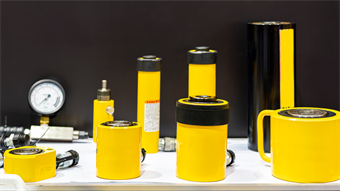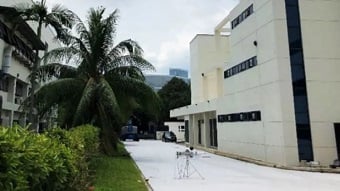Inventor turns fruits and vegetables into electricity
Marie Donlon | November 23, 2020An engineering student from the Philippines Mapua University has invented a device that transforms light captured from fruit and vegetable waste into electricity.
The Aureus, developed by engineering student Carvey Ehren Maigue, transforms the light captured by rotting fruits and vegetables and coverts it into electricity.
To create the Aureus, Maigue extracted organic luminescent compounds derived from discarded and rotting fruits and vegetables and suspended them in a resin compound wherein the ultraviolet (UV) light that passes through the resin is converted into visible light. Solar panels are then used to convert that visible light into electricity.
Unlike commonly used solar panels, which primarily capture visible and infrared light, the Aureus can trap UV waves. Additionally, the new device does not require sunlight as solar panels do. Instead, the device uses UV light that disperses and scatters off of surfaces.
Although the device is not yet ready for the market, its developer hopes that it will one day be applied to large buildings and skyscrapers to potentially create vertical solar energy farms. In the meantime, the Aureus is a 2020 James Dyson Award winner in the sustainability category.
To see how the Aureus works, watch the accompanying video that appears courtesy of the Philippines Mapua University.




